by nurazaliah | Aug 19, 2018 | HowTo, publication
By Robert Enslin | Last Updated – April 2014 | Tags – how to write a research paper, preparing for a research article, how to publish a paper in an international journal, scholarly journal, academic journal, publishing in journals
“ This article will help you to write and publish your research paper. Research Scholars doing PhD it is mandatory to publish their research papers at international level academic Journals or scholarly (Peer Reviewed) journals. And Many of the students who will apply for further studies in technical courses will discover that relevant published research papers help during the admission process. So here I am trying to post some guidelines that you can follow … ”
1. Preliminary
The first activity for publishing a technical paper is to figure out your technical area of interest. Make sure you had carried out enough studies on the basics of that topic. Then you have you to update yourself on the ongoing technical happenings in your chosen field. You can do this by
1) Reading and googling a lot of technical papers. There are a lot of journals and IEEE papers floating around in the net.
2) Go to one or more conferences, listen carefully to the best talks, and find out what people are thinking about.
Once you are done with the above-mentioned steps, then you are eligible for writing a paper
2. Read existing Papers
Read everything that might be relevant gives you a different perspective on the focus topic. But be selective too, for not getting too much deviated from your topic of interest. Getting used to simulation software is much useful for simulating your work. You can find a lot of time during the days and utilize those holidays & free days.
3. A jump start
When you first start reading up on a new field, ask your fellow researcher what the most useful journals and conference proceedings are in your field, and ask for a list of important papers that you should read. This activity will give you a jump start.
4. Crack the jargons and terms
One of among the tough nuts to crack is to understand the paper published by others. The easiest way is to is by reading it many times. The more times you read the more will be revealed to you. Keep the Internet handy so that you can crack the jargons and terms, which you may find strange.
5. Write down your studies
Write down speculations, interesting problems, possible solutions, random ideas, references to look up, notes on papers you’ve read, outlines of papers to write, and interesting quotes. Read back through it periodically. Keeping a journal of your research activities and ideas is very useful.
7. Bits and pieces together
Now you can identify important open problems in your research field and also you will be very much aware of what you are doing and what you have to do. The more you go, you’ll notice that the bits of random thoughts start to come together and form a pattern, which may be a bright enough for a good paper.
8. Simulation software easies
Please don’t pick overly ambitious topics; instead, identify a realistic size problem. Gather the Matlab files available on the Internet that is related to your topic and simulate it for the claimed results. Please don’t expect the Mfiles readily available for a solution published in a paper. But you can make it of your own by modifying and adding. Believe me, Matlab is a very easy tool! Once you are able to get the simulated outputs of your solution, you can carry on for making a paper out of it.
9. The essence of your work
The essence of your work can be diagnosed by analyzing below listed points. We can increase the maturity of the paper by improving these.
Significance: Why was this work done? Did you solve an important problem of current interest or is it an obscure or obsolete problem?
Originality/Novelty: Is your approach novel or is it tried-and-true? Did you need to develop new tools, either analytical or physical?
Completeness: Have you tested a wide range of scenarios, or is this just a simple proof-of-concept?
Correct: Is your solution technically sound or are there errors? [3]
Consider improving the same.
10. Anatomy of Paper
Generally, a paper has seven sections and a maximum of four pages. They are
1. Abstract,
2. Introduction,
3. Existing techniques,
4. Your contribution,
5. Results and
6. Conclusion.
11. The procedure
As a part of your paper publication, you can start documenting the ‘existing techniques’ from the scrap journal you did during the studies. Here you have to extract what all are the techniques existing as a solution for the particular problem and the pros and cons of those.
Next, document the ‘introduction’ about what is the topic and what you are going to do. Better to keep it short. Follows your contribution and the simulated results.
1. Describe the problem
2. State your contributions
“Abstract” is one section you can work on in the last, as it has to cover the all the sections very briefly. Please note that Abstract makes the committee members decide whether or not to read your paper. Generally, four lines are sufficient for this.
1. State the problem
2. Say why it’s an interesting problem
3. Say what your solution achieves
4. Say what follows from your solution
12. Section by section
The divide-and-conquer strategy works on a day-to-day level as well. Instead of writing an entire paper, focus on the goal of writing a section, or outline. Remember, every task you complete gets you closer to finishing your paper.
13. Get a pre-review
Now your paper is ready. You can ask your peers or professors to review your paper. Next is to find the right place to publish it. You can start off with national level conferences, which often gets conducted in many universities. Then once you gain a level of confidence, you can proceed to international conferences and journals.
14. Read the reviews carefully
This is really, really, really hard. Only a small proportion, 5 to 10 per cent, are accepted the first time they are submitted, and usually, they are only accepted subject to revision. In fact, anything aside from simply “reject,” Neal-Barnett reminds, is a positive review. These include:
* Accept: “Which almost nobody gets,” she says.
* Accept with revision: “Just make some minor changes.”
* Revise and resubmit: “They’re still interested in you!”
* Reject and resubmit: Though not as good as revise and resubmit, “they still want the paper!”[2]
Read every criticism as a positive suggestion for something you could explain more clearly
15. Don’t panic
After reading the review the first time, put it aside. Come back to it later, reading the paper closely to decide whether the criticisms were valid and how you can address them. You will often find that reviewers make criticisms that are off-target because they misinterpreted some aspect of your paper. If so, don’t let it get to you — just rewrite that part of your paper more clearly so that the same misunderstanding won’t happen again.
It’s frustrating to have a paper rejected because of a misunderstanding, but at least it’s something you can fix. On the other hand, criticisms of the content of the paper may require more substantial revisions — rethinking your ideas, running more tests, or redoing an analysis.
16. Rejected? Be Positive
If your paper is rejected, keep trying! Take the reviews to heart and try to rewrite the paper, addressing the reviewer’s comments. “Remember, to get a lot of publications, you also will need to get lots of rejections,” says Edward Diener, PhD, editor of APA’s Journal of Personality and Social Psychology: Personality Processes and Individual Differences.
17. Common mistakes
Wrong sequence in Figure and Table numbering
Misalignment of columns
Usage of figures from another paper without credit and permission
18. Where to publish
Generally, there are three main choices:
* National Conference: A conference is a right place for beginner scholars since the level of scrutiny is minimal. The conferences will accept papers which detail about the comparison of existing technologies, mathematically proven but practically unproven proposals, etc.
* International Conference: A conference is a good playground for Intermediated scholars. This mostly same as National Conference but the securitization will be more.
Conferences offer rapid time-to-publish, plus you will often get feedback on your work when you present it.
Page lengths and acceptance standards vary widely from conference to conference, but generally, conference papers are shorter than full journal papers. [3]
* Journal: Journal papers are generally the Alfa and Omega of publishing papers and they are considered as more prestigious than conferences
by nurazaliah | Aug 9, 2018 | HowTo, Rating, UTM, website
The science of webometrics (also cybermetrics) tries to measure the World Wide Web to get knowledge about the number and types of hyperlinks, structure of the World Wide Web and usage patterns. According to Björneborn and Ingwersen (2004), the definition of webometrics is “the study of the quantitative aspects of the construction and use of information resources, structures and technologies on the Web drawing on bibliometric and informetric approaches.” The term webometrics was first coined by Almind and Ingwersen (1997). A second definition of webometrics has also been introduced, “the study of web-based content with primarily quantitative methods for social science research goals using techniques that are not specific to one field of study” (Thelwall, 2009), which emphasizes the development of applied methods for use in the wider social sciences. The purpose of this alternative definition was to help publicize appropriate methods outside of the information science discipline rather than to replace the original definition within information science.
So how to increase your website webometrics? Of course by posting!. Keep posting on and soon your webometrics index also will be increased.
For all UTM staffs, this is how UTM count your webometrics
GARIS PANDUAN MARKAH BONUS (5%) WEBOMETRICS DALAM eLPPT
| Bilangan pages |
Markah |
| 2000 dan ke atas |
5 |
| 1000 dan ke atas |
4 |
| 500 dan ke atas |
3 |
| 250 dan ke atas |
2 |
| 100 dan ke atas |
1 |
Cara Mendapatkan Bilangan Laman Web
- Lawati http://www.google.com
- Masukkan kata kunci carian site:[alamat laman web anda] seperti dalam gambar

- Salin bilangan results sebagai bilangan pages laman web anda
by nurazaliah | Aug 1, 2018 | HowTo


Congratulation to our department (previously known as Advanced Informatics Department, UTM KL) for the 1st place ranking in UTM eLearning.
To make a learning process become more interesting and effective, in UTM all lecturers are encouraged to apply the Blended Learning Method which is a combination of face-to-face learning and e-learning.
For UTM our Elearning page can be accessed at http://elearning.utm.my
Students can do a lot of interesting activities in enhancing their learning experiences and the amazing thing is it it accessible anytime anywhere in any medium 24/7! 🙂
So for UTM lecturers, how to design and create your course eLearning page to be more attractive? Well you can always attend eLearning courses offered by our eLearning Team at CTL, UTM or go figure out by yourself by browsing this website: https://moodle.org/
Happy Designing everyone

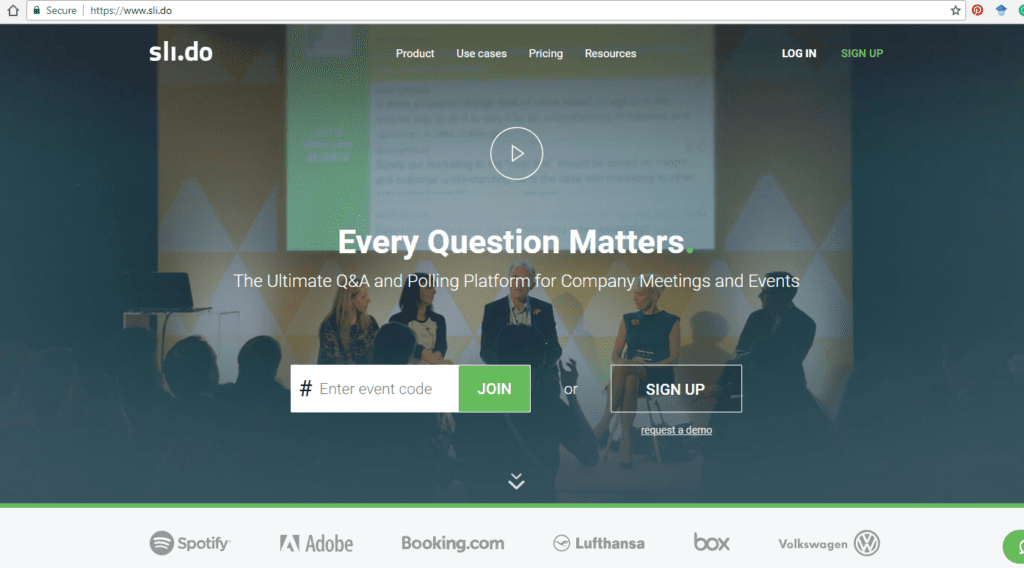


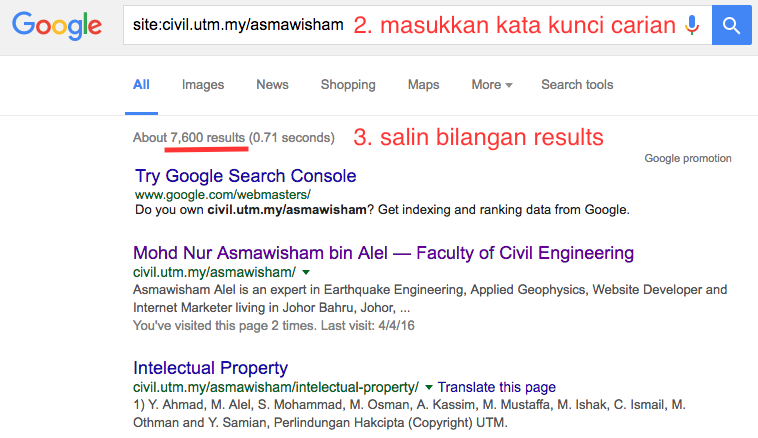
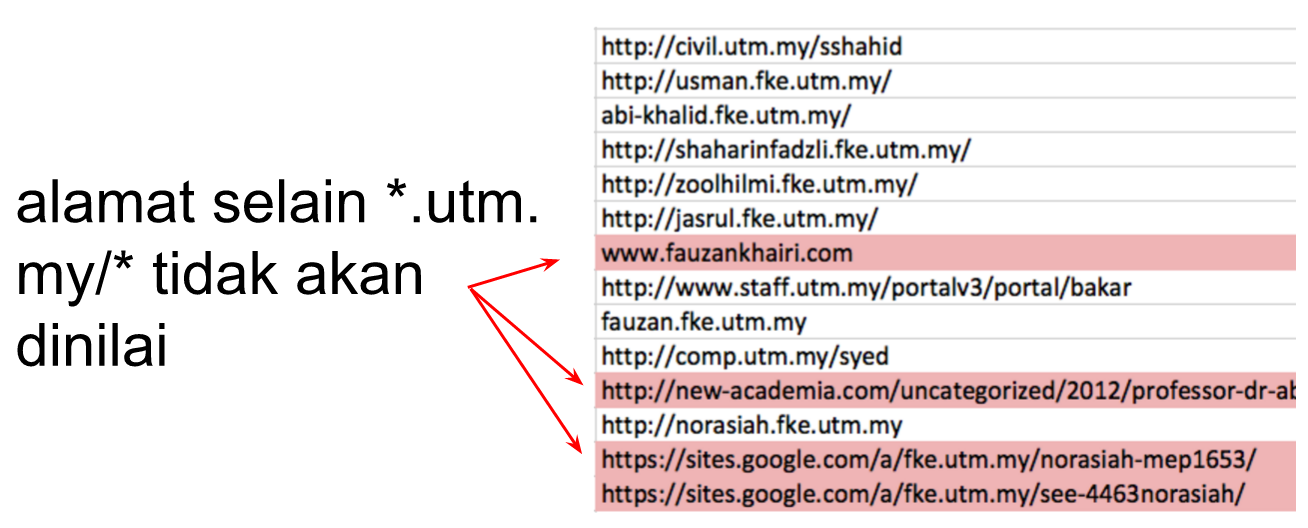
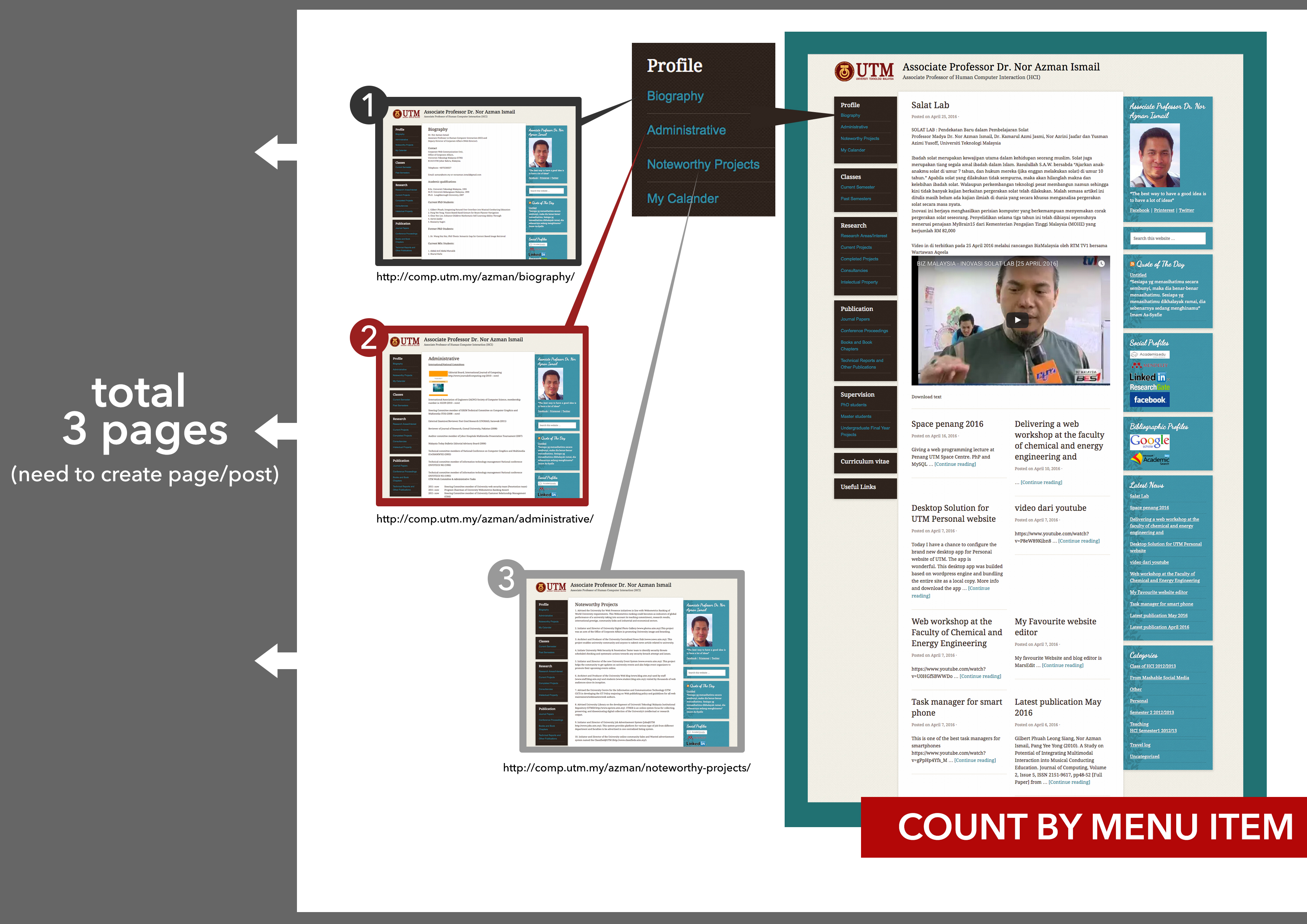
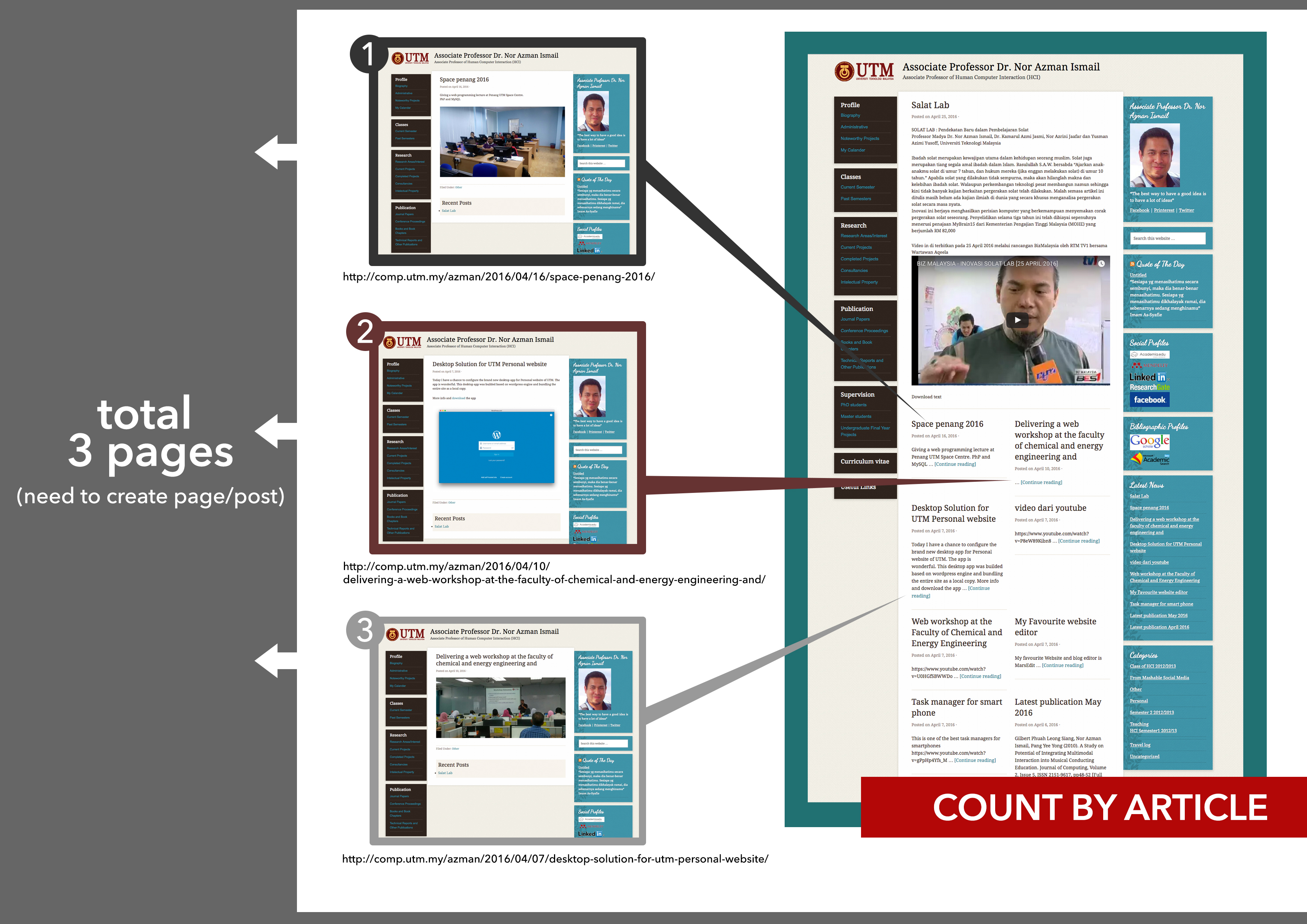
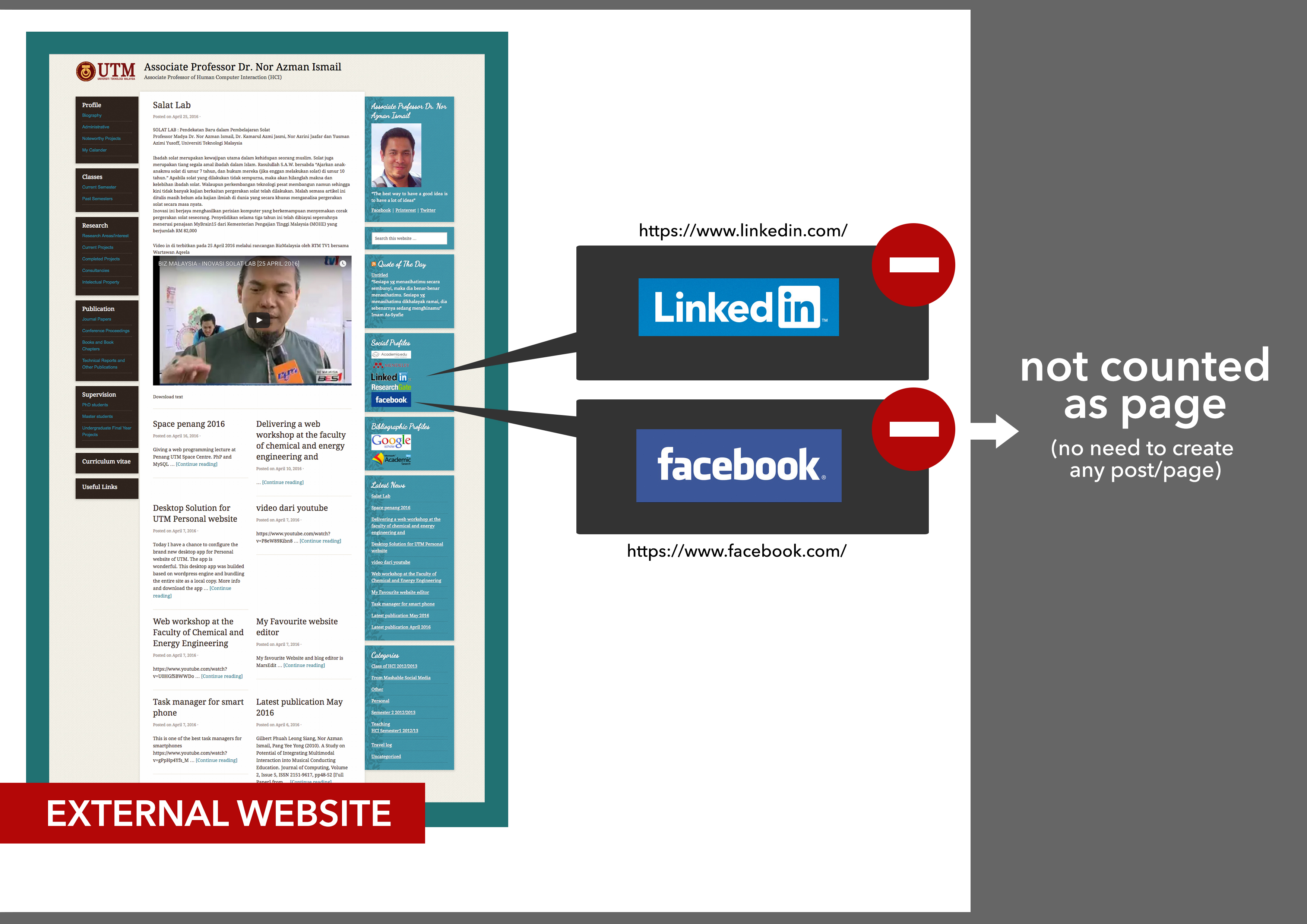
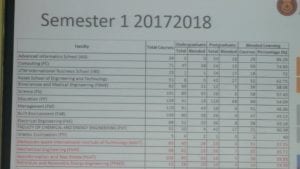
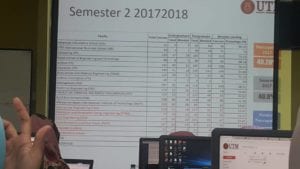
Recent Comments